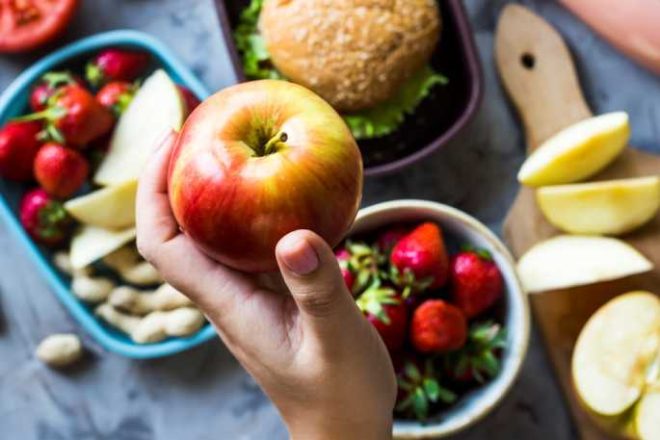Nghiên cứu mới đã phát hiện ra rằng các chương trình bữa ăn ở trường có thể nuôi thành công trẻ em mà không tạo ra chất thải thực phẩm dư thừa. Điều quan trọng là cung cấp nhiều loại thực phẩm mà học sinh quen thuộc và thích ăn. Nghiên cứu được tài trợ bởi Thử thách Khoa học Quốc gia Đất đai và Nước của chúng ta, phát hiện ra rằng các chương trình này thất bại khi chúng chỉ tập trung vào hàm lượng dinh dưỡng.
Các chương trình thành công bao gồm các loại thực phẩm mà sinh viên thích, như một phần của các món ăn có liên quan đến văn hóa và hấp dẫn. Cách tiếp cận này làm giảm khả năng các bữa ăn không ăn được và bỏ đi. Nghiên cứu nhấn mạnh tầm quan trọng của các chương trình này trong việc giải quyết khoảng cách dinh dưỡng và giảm nghèo lương thực.
Giáo sư Nitha Palakshappa, đồng trưởng nhóm nghiên cứu, lưu ý rằng nhiều sáng kiến không thành công không cung cấp loại thực phẩm mà sinh viên muốn ăn. Cô giải thích rằng học sinh có nhiều khả năng ăn thức ăn mà họ đã quen ăn ở nhà.
Các nhà nghiên cứu nhận thấy rằng các chương trình thành công nhất phục vụ sở thích ẩm thực và văn hóa độc đáo của mỗi trường. Họ làm điều này bằng cách cung cấp một thực đơn hàng tuần đa dạng và đa văn hóa dựa trên sở thích của học sinh. Các chương trình này cũng hợp tác chặt chẽ với các trường học để nâng cao trải nghiệm tích cực của học sinh về thực phẩm và giảm cảm giác xấu hổ khi tham gia chương trình.
Nghiên cứu cũng tiết lộ rằng có một nhà bếp tại trường có thể tạo ra sự khác biệt đáng kể. Nó cho phép các bữa ăn tươi ngon hơn được phục vụ nhanh hơn, hấp dẫn hơn thực phẩm được giao. Nó cũng làm giảm lãng phí thực phẩm, vì số lượng học sinh chính xác có thể được phục vụ cho mỗi ngày.
Một trong những chương trình bữa ăn thành công được bao gồm trong nghiên cứu là Kura Kai. Chương trình này cung cấp cho các trường học tủ đông để lưu trữ các bữa ăn mà bất kỳ ai cũng có thể mang về nhà để nuôi gia đình hoặc những người khác trong cộng đồng của họ. Cách tiếp cận này tạo ra một môi trường không xấu hổ để học sinh tiếp cận thực phẩm.
Một số trường vận hành chương trình Kura Kai Rangatahi, nơi học sinh tự nấu các bữa ăn trong giờ học, cũng kiếm được tín chỉ học tập. Sự tham gia này vào quá trình nấu ăn giúp tạo ra một kết nối mạnh mẽ hơn với thực phẩm. Nó cũng trang bị cho họ kiến thức và kỹ năng cần thiết để nuôi sống gia đình và cộng đồng của họ.
Nghiên cứu kết luận rằng các chương trình thực phẩm kết nối sinh viên với các loại thực phẩm có ý nghĩa văn hóa và lôi kéo họ vào toàn bộ quá trình – từ trồng và thu hoạch đến nấu ăn và bảo quản – giúp củng cố bản sắc văn hóa và hạnh phúc. Các chương trình này cũng cải thiện an ninh lương thực cho cộng đồng rộng lớn hơn.





























































